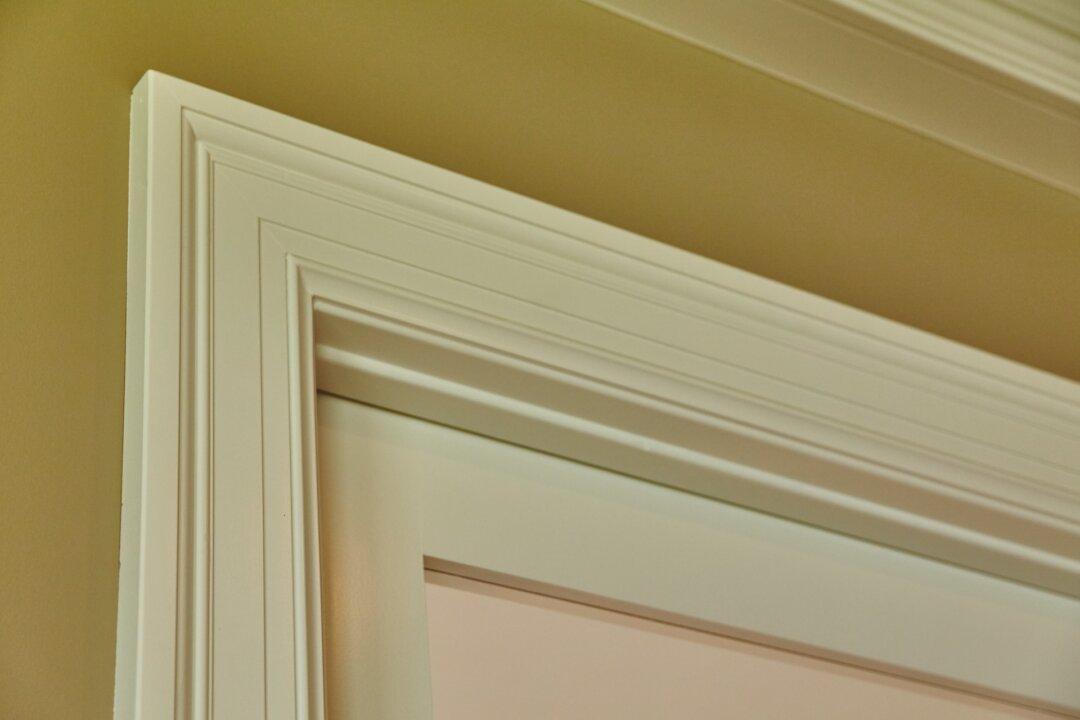Dear James: It gets too noisy in the kids’ playroom. Are acoustic ceiling tiles difficult to install myself, and are there attractive ones made for home use?—Michelle Y.
Dear Michelle: Most people like the sound-deadening characteristics of acoustic tiles, but then they think they must look like those big, ugly tiles in a school, supermarket, etc. Nothing could be further from the truth. Installing acoustic tiles in a relatively simple medium-sized room is just a weekend project.





